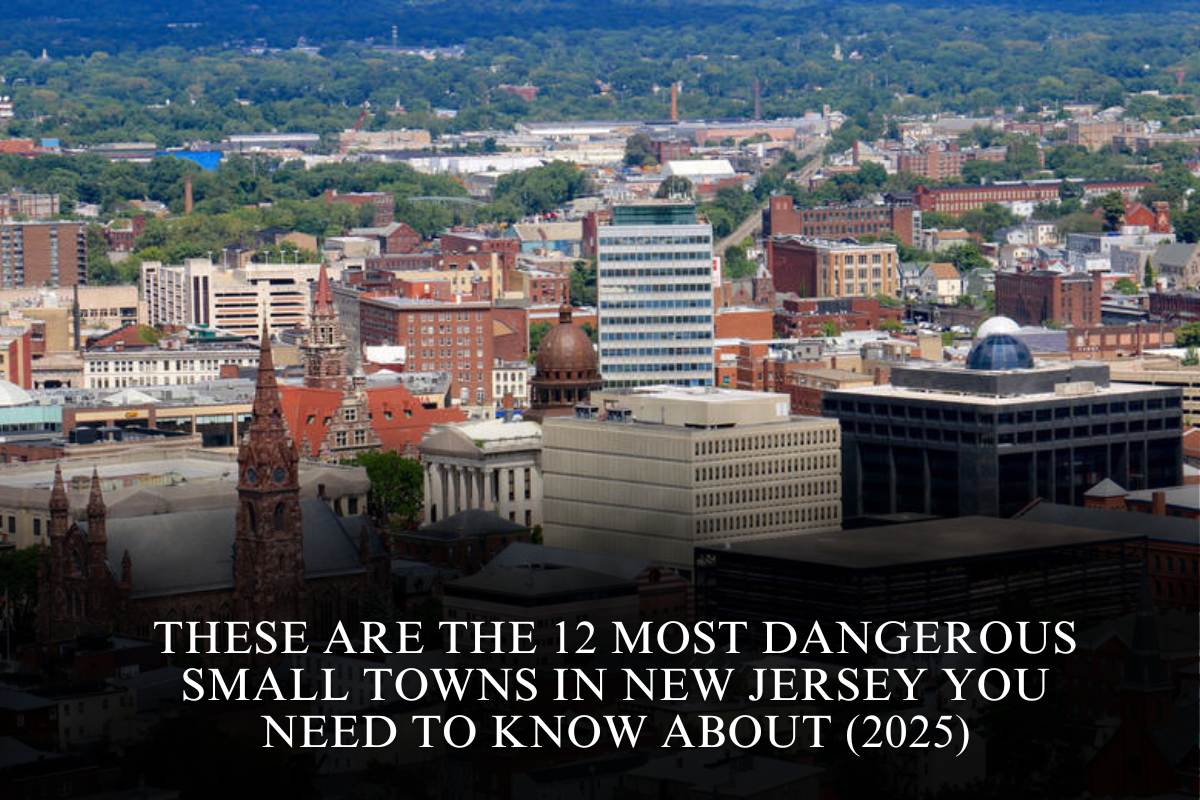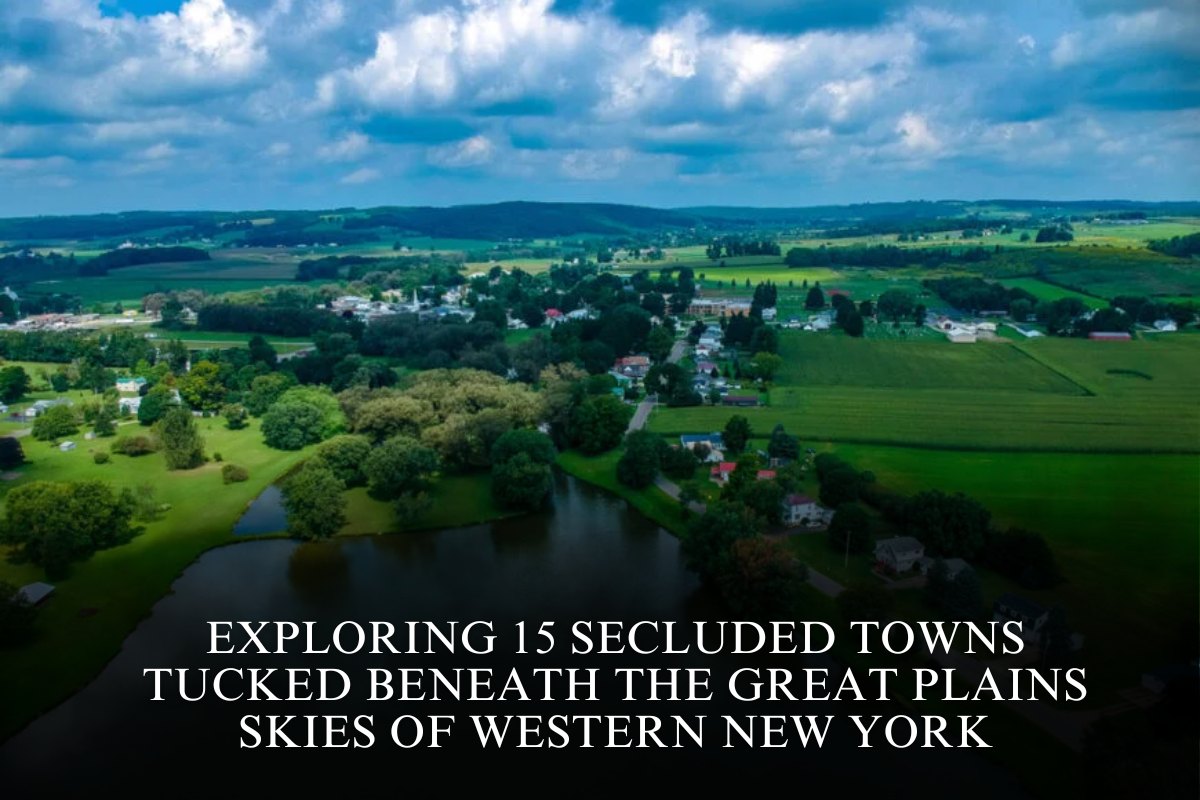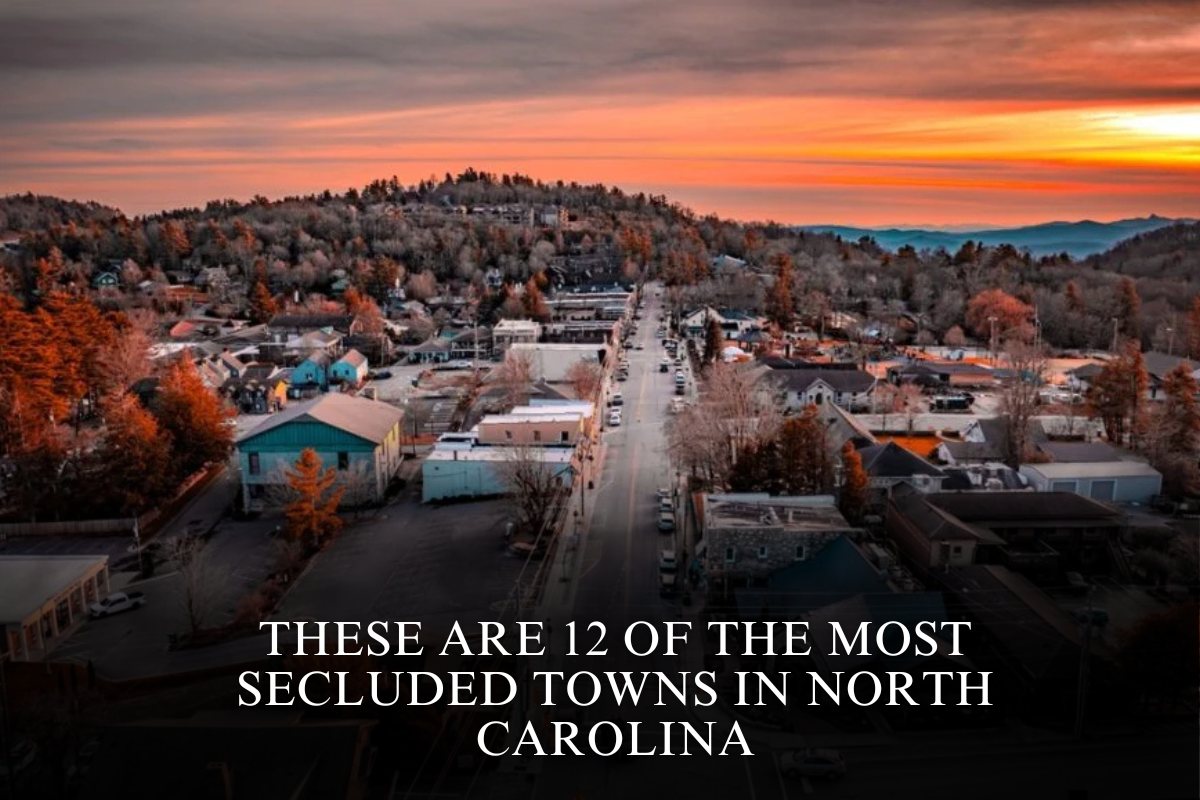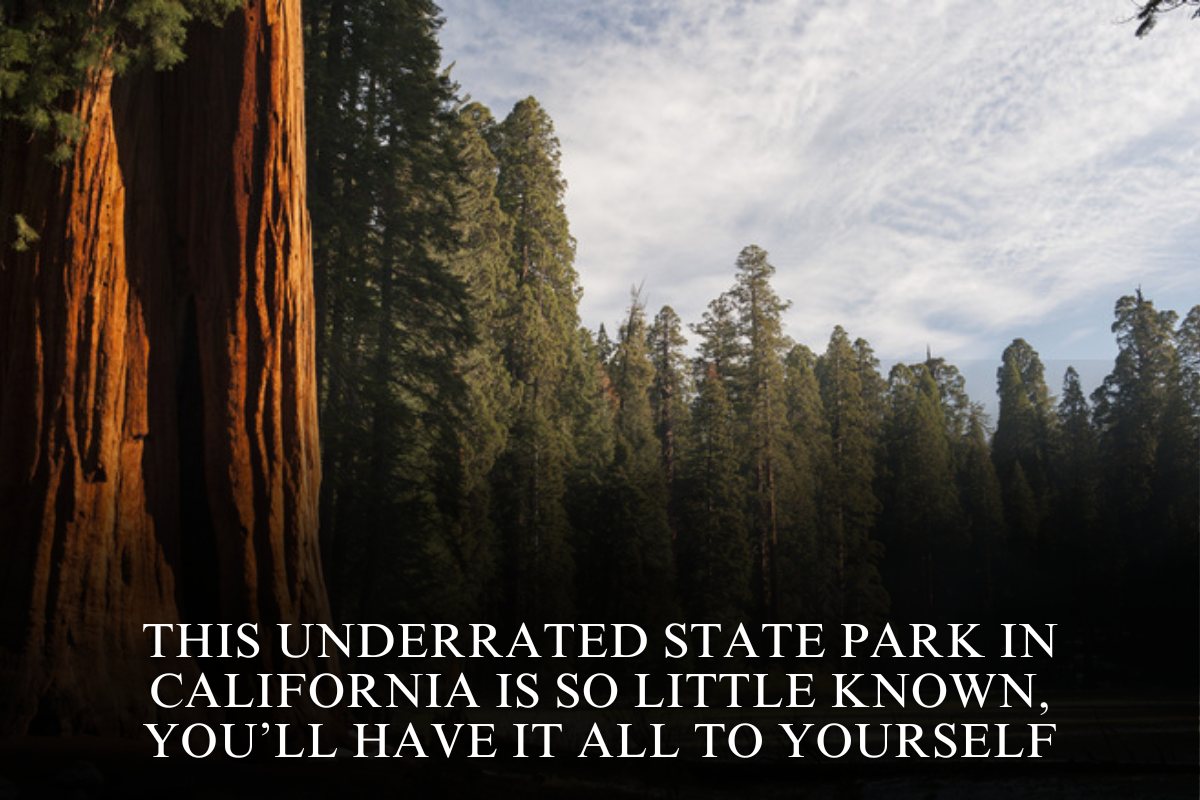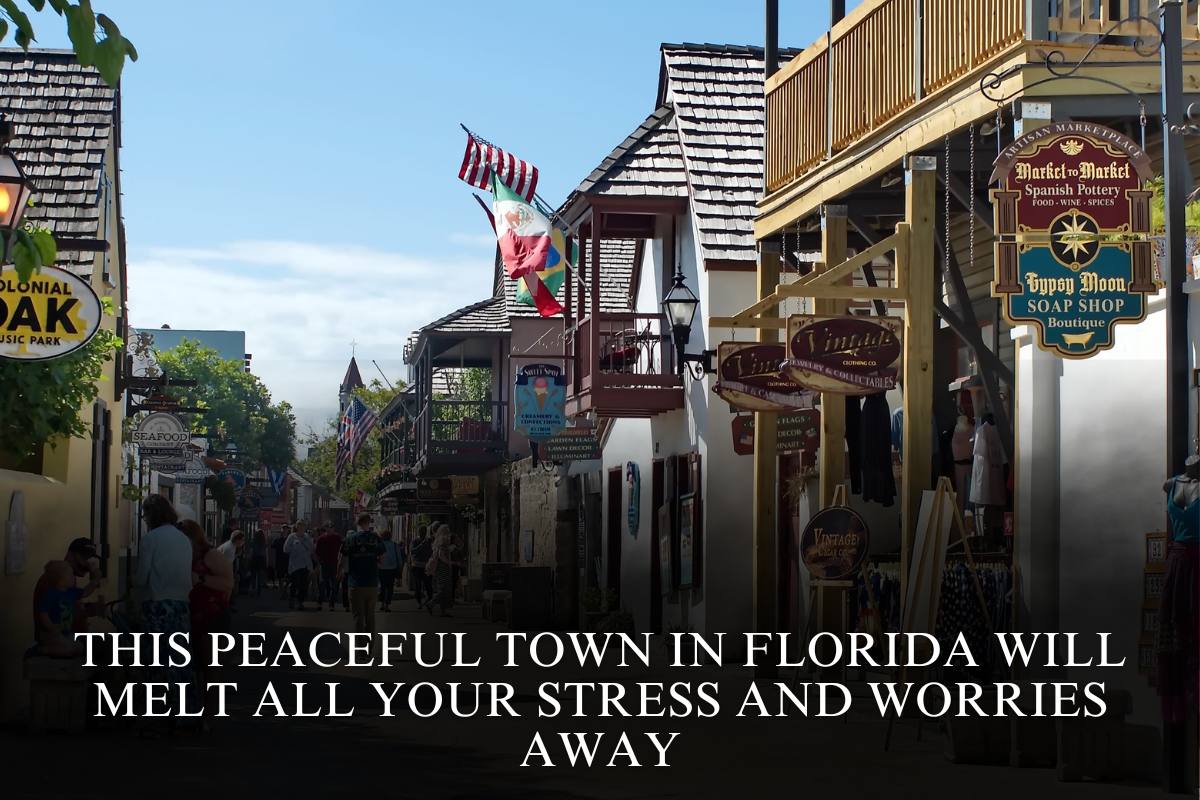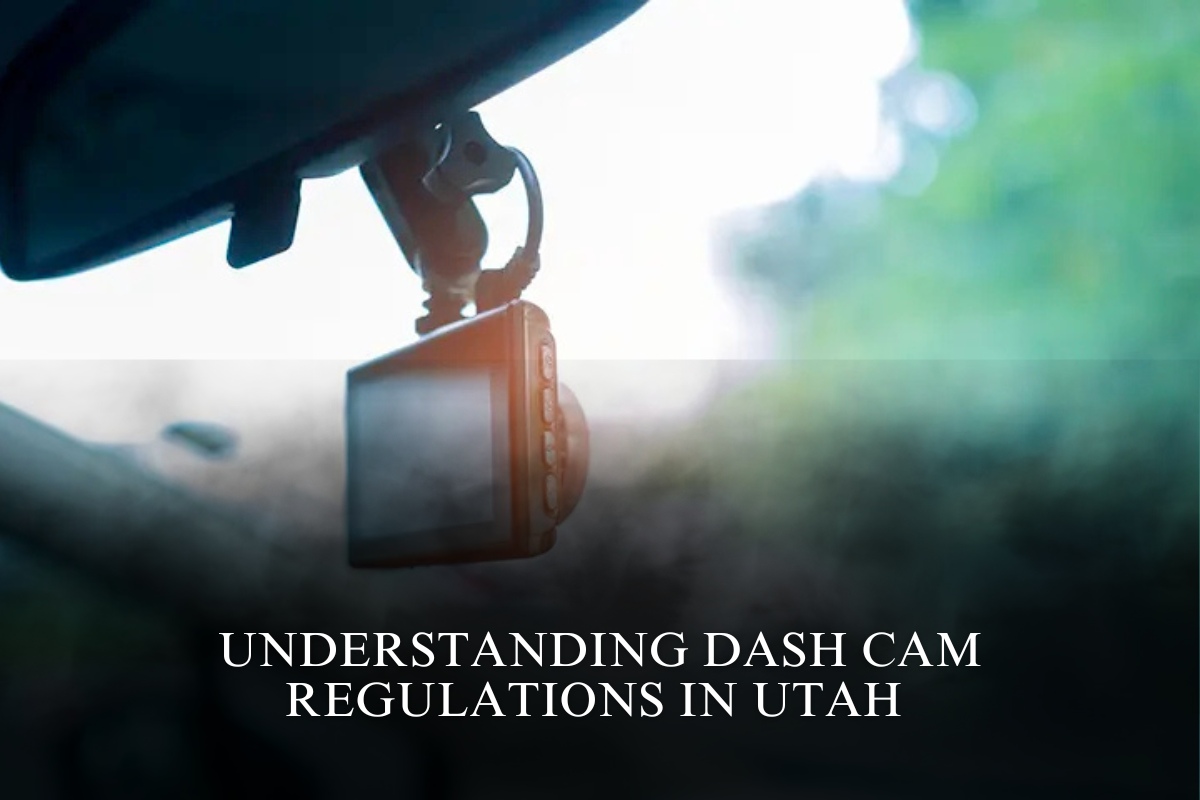A powerful and fast-moving weather system is barreling across parts of the northwestern U.S., triggering an urgent thunderstorm warning for areas in eastern Washington and western Montana—including Spokane, WA and Missoula, MT. The National Weather Service (NWS) has also issued a tornado alert for surrounding regions due to rapidly shifting atmospheric conditions.
Current Danger Zones:
As of this morning, the NWS issued a thunderstorm warning covering:
- Spokane County, WA
- Lincoln County, WA
- Missoula County, MT
- Ravalli County, MT
Meanwhile, tornado watches are in place across eastern Washington, northern Idaho, and parts of western Montana—spurred by Doppler radar detecting unstable air masses, supercell development, and sharp wind shear at multiple altitudes.
“While no confirmed tornado has touched down yet, the atmosphere is primed for rapid storm intensification,” warns the NWS. “Residents in warning zones should be ready to take shelter with minimal notice.”
Lightning Danger: Don’t Take It Lightly
With over 25 million lightning strikes across the U.S. annually and dozens of weather-related fatalities each year, the storm threat facing cities like Spokane and Missoula is no minor concern.
Before & During the Storm:
- Secure outdoor items—strong winds could turn them into projectiles.
- Have a backup power source ready in case of outages.
- Stay indoors immediately when thunder is heard—if you can hear it, you’re at risk.
Indoor Safety Reminders:
- Avoid using corded phones, plugged-in electronics, or plumbing.
- Stay away from windows, doors, and concrete floors.
- Wait at least 30 minutes after the last thunder or lightning before going back outside.
If You’re Caught Outdoors
If you’re hiking near Flathead National Forest, camping in Coeur d’Alene, or attending an event in downtown Spokane, and can’t get to a building, take these crucial steps:
- Avoid hilltops, wide-open spaces, and tall isolated trees.
- Find lower ground like a ditch, gully, or depression.
- Keep away from metal fences, poles, or tents with metal frames.
- Disperse if in a group—don’t give lightning multiple targets close together.
On the Road? Heavy Rain & Hail Expected
Major highways including I-90, US-2, and US-93 may become hazardous due to reduced visibility, ponding water, and even hail up to 1 inch in diameter.
Safe Driving Tips:
- Avoid underpasses and low-lying roads—flooding can occur quickly.
- Double your following distance.
- Reduce speed and avoid using cruise control.
- Use low-beam headlights and keep both hands on the wheel.
- Pull over to a safe, well-lit area if you can’t see the road clearly.
Final Word: Be Ready, Not Sorry
Whether you’re in Spokane, Missoula, or surrounding areas, severe storms can escalate with little notice. With the possibility of hail, flash floods, damaging winds, and isolated tornadoes, now is the time to:
- Monitor real-time alerts on your phone or NOAA weather radio
- Prepare an emergency kit with essentials
- Know your nearest shelter or safe room
Don’t wait until it’s too late—stay alert, stay indoors, and stay safe.

